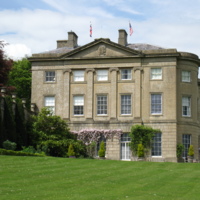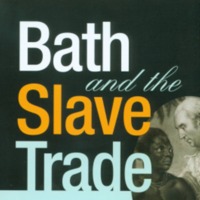
American Museum & Gardens
The American Museum in Britain is housed in a manor house, built in 1820 by English architect Sir Jeffry Wyatville. It is the only museum of Americana outside the USA and was founded to 'bring American history and cultures to the people of Britain and Europe'. It uses a rich collection of folk and decorative arts to interpret these traditions from America's early settlers to the twentieth century. Living history events bring these stories to life, in addition to changing temporary exhibitions which keep the narrative up to date. The museum opened to the public in 1961 as the brainchild of two antiques dealers.
The museum's collections are a rich source of furniture, portraiture and textiles from America, displayed thematically within period rooms acting as gallery spaces. The 'American Heritage' exhibition, charting the history of America through the narration of key events and people dominates a large proportion of this space. Key collections highlights in this exhibition include Martin Luther King's 'I Have a Dream' speech and a range of treasures from New Mexico.
Also contained within the 'American Heritage' exhibition is a small display about slavery and abolition in America. The main focal point of this display is a quilt made by enslaved people on a plantation in Texas. Other themes addressed here include the Underground Railroad, prominent abolitionists and the importance of the Civil War in the eventual abolition of slavery.

Bath and the Slave Trade
Bath Preservation Trust curated a series of exhibitions across five of their sites, with a focus on ‘unlocking the legacies of the slave trade'. Beckford’s Tower & Museum hosted Big Spenders: The Beckfords and Slavery; displays here and at the Holburne Museum were designed to explore the Beckford family connections to plantations in Jamaica, through objects, paintings and furniture. The Herschel Museum's Slaves to Fashion exhibition, and Number 1 Royal Crescent's Elegance and Exploitation trail looked at how involvement with the slave trade enhanced the luxury of 18th century life in Bath. At the Building of Bath Museum, Selina’s Web revealed the complex attitudes of Selina, Countess of Huntingdon, who sought to promote the publications of free slaves whilst also being a slave owner. A lecture series ran alongside these exhibitions.